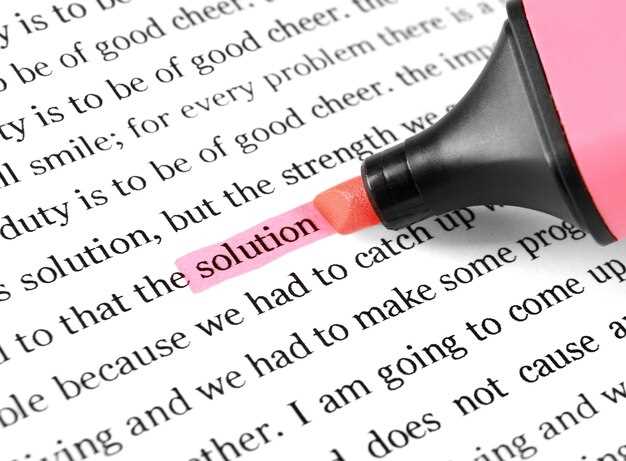
Begin with a clear thesis statement that outlines your main argument. This sets the tone for your essay and helps readers understand your focus. Use the first paragraph to introduce your topic and present your central idea in a concise way.
Develop your argument in the second paragraph. Provide specific examples or evidence to support your thesis. Keep your sentences direct and avoid unnecessary details. This ensures your points are easy to follow and impactful.
In the third paragraph, address potential counterarguments or alternative perspectives. Acknowledge differing views briefly, then explain why your argument remains valid. This adds depth to your essay and shows critical thinking.
Conclude with a strong summary in the fourth paragraph. Restate your thesis and main points without repeating them word for word. End with a thought-provoking statement or call to action to leave a lasting impression.
Pro tip: Use transitions like “however,” “for example,” and “therefore” to connect ideas smoothly. This keeps your essay cohesive and easy to read.
Ready to improve your writing? Practice this structure with different topics to build confidence and clarity. Consistent effort will make your essays sharper and more persuasive.
How to Craft a Strong Thesis Statement in One Sentence

Focus on a specific idea that directly answers the essay’s main question or topic. Avoid vague language and use clear, precise words to convey your point. For example, instead of “Pollution is bad,” write “Industrial pollution harms marine life by reducing oxygen levels in coastal waters.”
Make your thesis debatable by presenting an argument, not just a fact. A statement like “Climate change exists” is not arguable, but “Government policies must prioritize renewable energy to combat climate change” invites discussion.
Keep it concise–limit your thesis to one sentence. This forces you to be specific and to the point. Avoid unnecessary words or phrases that don’t add clarity or depth to your argument.
Support your thesis with evidence in your essay, but let the statement stand alone as a strong, independent claim. This ensures your reader knows exactly what to expect from the rest of your writing.
Structuring Your Essay: The Role of Each Paragraph

Begin your essay with a clear introduction that states your main idea or argument. This paragraph should grab attention and provide context for what follows. Use a strong thesis statement to guide the reader.
- First Paragraph (Introduction): Present your topic, provide background, and end with a thesis statement.
- Second Paragraph (Body Paragraph 1): Focus on your first supporting point. Start with a topic sentence, include evidence or examples, and explain how it relates to your thesis.
- Third Paragraph (Body Paragraph 2): Address your second supporting point. Use a topic sentence, provide details, and connect it back to your main argument.
- Fourth Paragraph (Conclusion): Summarize your key points, restate your thesis in a new way, and leave the reader with a final thought or call to action.
Each paragraph should flow logically into the next. Use transitions to connect ideas and maintain clarity. Avoid introducing new information in the conclusion; instead, reinforce what you’ve already discussed.
Transition Techniques to Connect Paragraphs Seamlessly
Use transitional phrases like “for example” or “in addition” to introduce supporting details. These words signal a shift in focus while maintaining logical flow.
Repeat key terms or ideas from the previous paragraph to create a natural link. For instance, if discussing the benefits of exercise, start the next paragraph with “These health advantages” to tie the sections together.
Employ pronouns like “this” or “these” to refer back to concepts already introduced. This avoids redundancy while keeping the reader engaged.
Incorporate contrasting transitions such as “however” or “on the contrary” when shifting to a different perspective. This clarifies the relationship between ideas without confusion.
End each paragraph with a sentence that hints at the next topic. For example, after discussing the causes of climate change, write “Understanding these causes leads us to explore potential solutions.”
Vary your transitions to avoid monotony. Alternate between phrases like “as a result”, “similarly”, and “in contrast” to keep the writing dynamic.
Practice reading your essay aloud to identify awkward transitions. Smooth connections should feel natural and effortless when spoken.
Editing Tips to Polish Your 4 Paragraph Essay
Read your essay aloud to catch awkward phrasing or unclear sentences. Hearing the words helps identify areas where the flow feels off or where ideas need better connection.
Check for consistency in verb tense and point of view. Ensure you maintain the same perspective throughout, whether it’s first-person, second-person, or third-person.
Trim unnecessary words or repetitive phrases. Replace vague terms like “very” or “a lot” with precise language to strengthen your argument.
Verify that each paragraph has a clear topic sentence and supports the main idea. Remove any sentences that stray from the central point.
Use a spell checker, but don’t rely on it entirely. Manually review for homonyms like “their” and “there” or “its” and “it’s” that automated tools might miss.
Ask someone else to read your essay. Fresh eyes can spot errors or confusing sections you might overlook after multiple revisions.
Print your essay and edit it on paper. The physical format often reveals mistakes that are harder to notice on a screen.
Focus on transitions between paragraphs. Ensure each one flows logically into the next, using words like “however,” “therefore,” or “in addition” where needed.
Double-check your conclusion. Make sure it summarizes your main points without introducing new ideas and leaves a strong final impression.